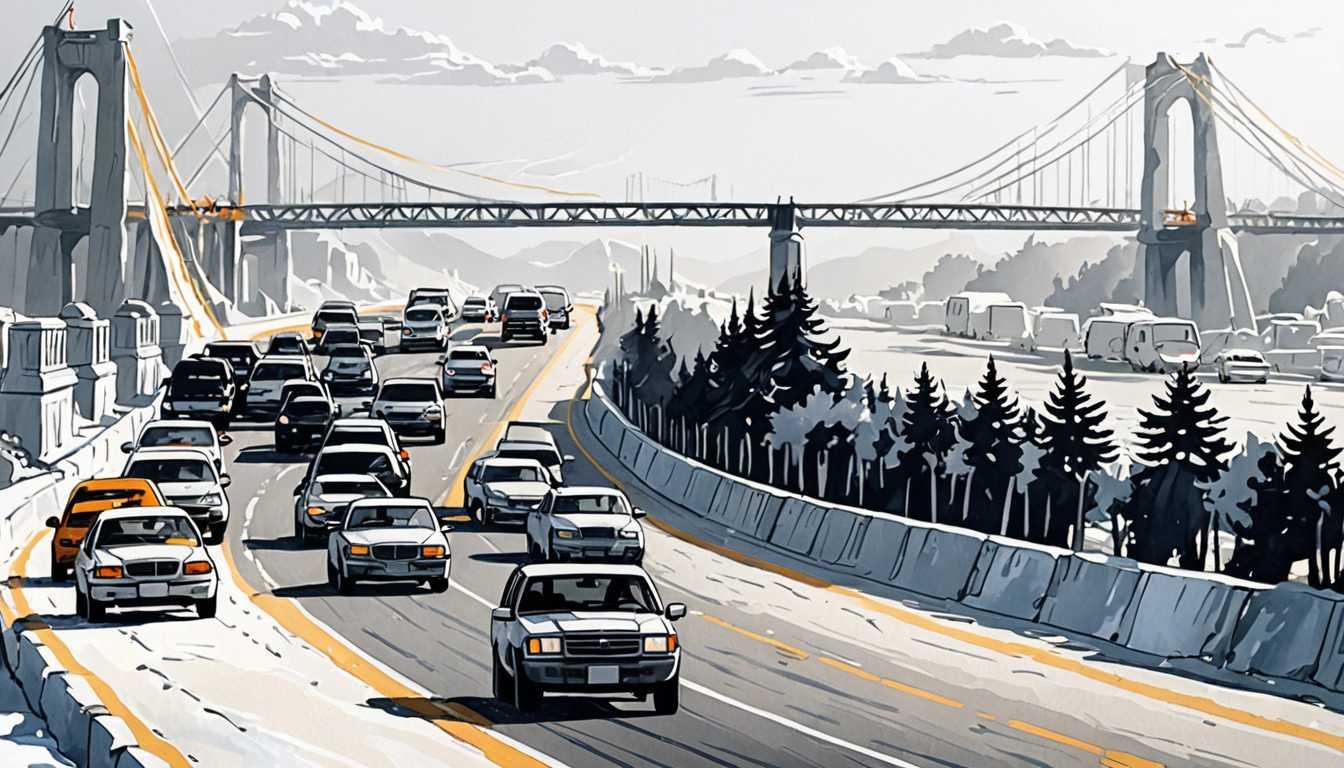Microplastics: A Global Journey Unveiled
May 2024
Cornell News Highlights
Introduction
Dive into the fascinating world of microplastics with the article from CellImage! It explores how these tiny invaders are sneaking into our lives across 109 countries. Did you know that even the most remote places are affected? Join the adventure and uncover how microplastics are hitching a ride on everything from fish to your favorite snacks. Trust us, you won’t want to miss this eye-opening exploration of our modern world!
READ FULL ARTICLEWhy It Matters
Discover how this topic shapes your world and future
Diving Deep into the Microplastic Mystery
Imagine diving into the ocean and realizing that you’re not just swimming in water, but also in a soup of tiny plastic particles! Microplastics are an unseen problem that affects all of us, especially in places like Southeast Asia, where people consume more microplastics than anywhere else. The recent study by Cornell researchers highlights how microplastics are not only in the food we eat—like seafood and salt—but also in the air we breathe. This is not just a local issue, it’s a global one! As industries grow in developing countries, the use of plastic increases, leading to more pollution and health risks. Understanding this helps us see the bigger picture of how our lifestyles impact the planet. It’s a call to action for everyone, especially young people like you, to become advocates for change and sustainability.
Speak like a Scholar
Microplastics
Tiny plastic particles less than 5 millimeters in size, often resulting from the breakdown of larger plastic items and harmful to the environment.
Pollution
The introduction of harmful substances into the environment, which can cause damage to ecosystems and human health.
Consumption
The act of eating or using something. In this context, it refers to how much microplastic is ingested or inhaled by people.
Ecosystem
A community of living organisms (plants, animals, and microorganisms) interacting with their physical environment (air, water, and soil).
Industrialization
The process of developing industries in a country or region, often leading to increased production and consumption of materials, including plastics.
Sustainability
The ability to maintain something over the long term, especially concerning environmental health, by using resources wisely and ensuring future generations can also meet their needs.
Independent Research Ideas
Food and Plastic
Investigate how different food preparation methods in Southeast Asia lead to varying levels of microplastic content. This could reveal important connections between cooking practices and health.
Airborne Plastics
Examine the effects of microplastics in the air on respiratory health in urban versus rural settings. This study could highlight the differences in exposure risks based on living environments.
Waste Management Innovations
Research how different countries have successfully reduced plastic waste and the strategies they used. This could inspire new ideas for your local community.
Microplastics and Aquatic Life
Explore how microplastics affect marine ecosystems and the organisms that live there. Understanding this can help advocate for policies that protect our oceans.
Global Plastic Policy
Analyze the potential impacts of the upcoming U.N. Plastics Treaty on global plastic production and waste management. This could lead to insights about international cooperation in tackling environmental issues.
Related Articles

Embracing the Future of Fake Meat
May 2024
MIT Technology Review

Tracing Ozone: Our Impact on the Skies
August 2024
MIT News

Contrails: The Unexpected Climate Culprits
August 2024
Imperial College London

California's Clean Air: A Mixed Victory
September 2024
UC Berkeley NewsCenter

Stream Monitoring: California's Water Crisis Uncovered
June 2024
Berkeley Rausser